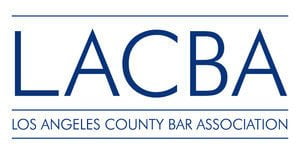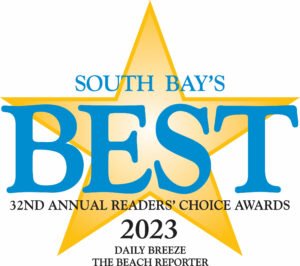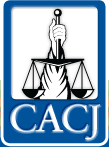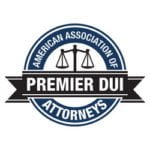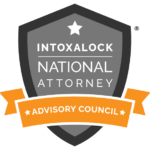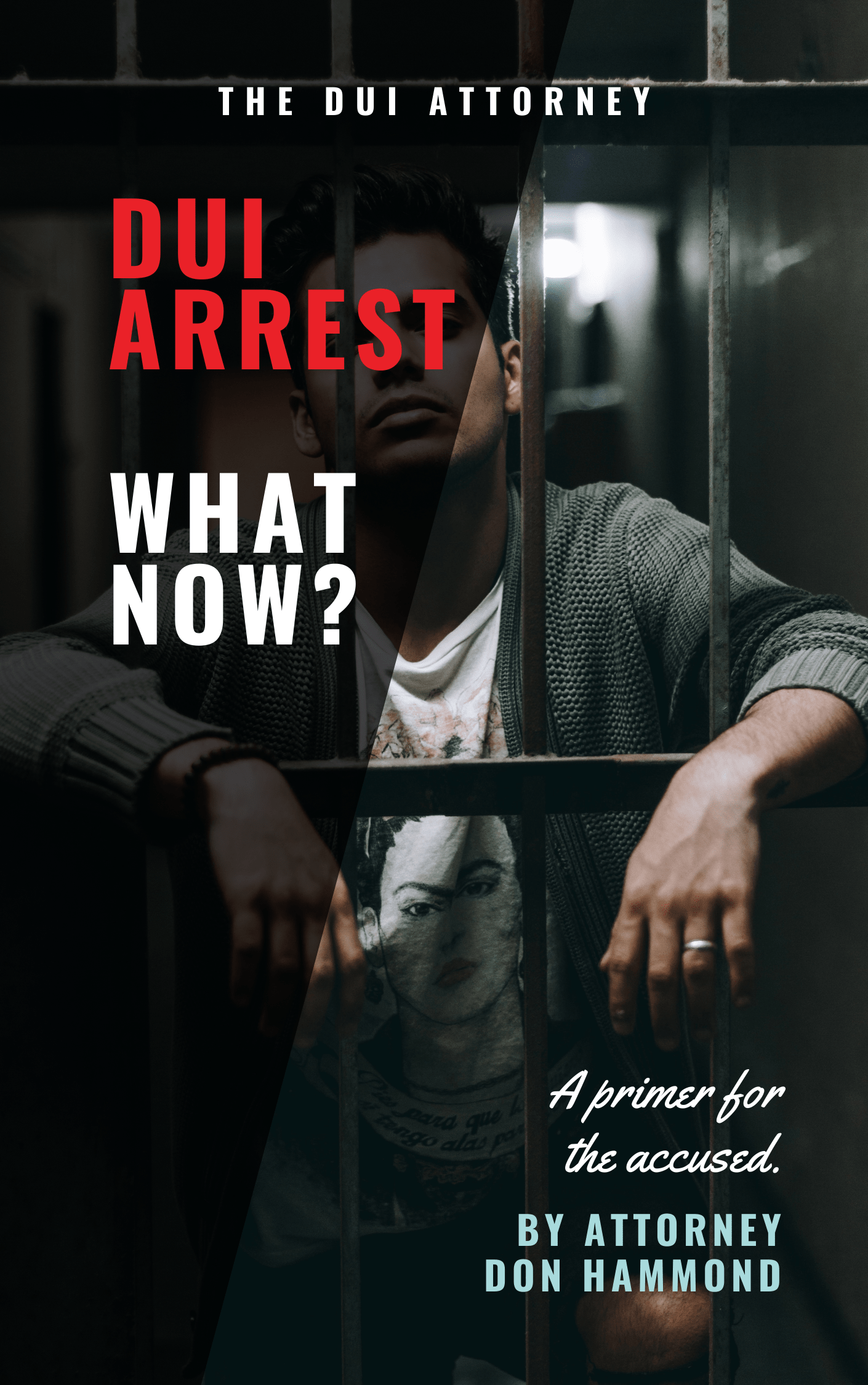Driving under the influence of drugs
Just as it is illegal to operate a motor vehicle while drunk, it is unlawful to drive while under the influence of drugs – whether legal medications or illicit recreational drugs.
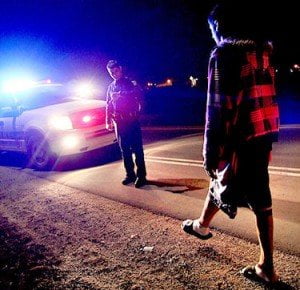
California Vehicle Code 23152(e) is California’s DUI for drugs (DUID) law which is the cousin of 23152(a) VC, the state’s driving under the influence of alcohol statute. Quite simply, a DUID occurs when an individual uses any drug that impairs him or her to the point where they cannot safely drive like a sober person would be able to under the same circumstances.
Under California law, “drugs” includes any substance, besides alcohol, that affects an individual’s brain, nervous system, and/or muscles, and can include:
- Over-the-counter drugs.
- Prescription medications.
- Illicit drugs such as methamphetamine, heroin, or cocaine.
The DUID investigation
The most common first step towards a charge of DUID is a police officer’s belief that a motorist appears intoxicated. The officer may base their opinion on the driver’s behavior, whether the driver was able to pass a field sobriety test (FST), and whether they exhibited any overt signs of intoxication, such as:
- Slurred speech
- Flushed face
- Red, watery eyes
- Unsteady gait
There is greater leeway for officer subjectivity in these cases because — unlike with alcohol DUIs — a breathalyzer test is not useful. When an officer believes that a subject is under the influence of drugs, they may exercise the option to request a drug recognition expert (DRE) to corroborate their suspicions.
Additionally, unlike 23152(a) VC, there is no threshold amount for blood testing to objectively determine whether someone is under the influence of a drug. Instead, blood testing is used in suspected cases of DUID to identify which drug(s) were in the subject’s system when the offense took place.
Automatic driver’s license suspension
Just as with an arrest for allegedly driving under the influence of alcohol, being arrested for a charge of DUID results in an automatic driver’s license suspension which begins 30 days after the arrest; usually long before the criminal trial takes place.
To contest this suspension – sometimes referred to as administrative suspension or APS (admin per se) — the defendant must request a hearing within 10 days of their arrest. This hearing is held by a DMV hearing officer and is not considered a trial. But defendants can and should opt to have an attorney represent them at this hearing.
Elements of the crime of DUI – drugs
In order to obtain a successful conviction under 23152(e) VC, the prosecution must prove beyond a reasonable doubt that:
- The defendant was driving a vehicle.
- While driving, the defendant was under the influence of some type of drug.
Criminal penalties for driving under the influence of drugs
First offenses under all subsections of 25152 VC are usually charged as misdemeanors unless the defendant is facing a fourth or subsequent DUI and/or DUID conviction within a ten-year period. Then, the offense becomes a wobbler that can be charged as either a misdemeanor or felony.
Misdemeanor convictions are punishable by any or all of:
- Fines.
- Requirement to attend a state DUI or DUID school.
- Probation for three to five years.
- Suspended driver’s license for six months to three years.
- Jail time ranging from a few days up to a year.
The severity of penalties assessed varies, based on whether the defendant has prior DUI and/or DUID convictions (including “wet reckless” and out-of-state DUI convictions) and the number of those convictions.
Sentencing standards for DUID convictions differ widely by jurisdiction. In Los Angeles county, plea bargains which avoid jail time for first offenses are common. Some counties are particularly harsh, and impose jail sentences of up to ten days for first offenses. 45-day sentences for second offenses and six-month sentences for third offenses are not unheard of. In some cases, jail sentences can be converted to work release.
However, if any of the following apply, the defendant will face a felony charge:
- Three or more prior DUI/DUID convictions.
- A prior felony DUI/DUID conviction.
- The defendant’s driving caused an accident that hurt another person(s).
Felony convictions under 23152 VC carry severe penalties, including incarceration for a year or more, large fines, and driver’s license suspension for a period of up to 10 years. In some especially egregious cases, a convicted defendant’s driver’s license may be permanently revoked — a lifetime ban on driving in the state of California.
Legal defenses to DUID
An accusation of DUI – drugs is a serious matter that requires legal advice which is appropriate to the unique facts the case, provided by a qualified attorney. Among the most common legal defenses to a charge of 23152(e) VC are:
- Another physical condition was mistaken for drug impairment, such as complications of diabetes, anxiety, or fatigue, for example.
- Collection, analysis, and/or storage of the defendant’s blood sample was improper and violated the state’s Title 17 procedures.
- The defendant was not actually under the influence.
- Negotiating a plea bargain to a lesser offense, such as a “wet reckless“.
Particular drugs may remain in the defendant’s system even though there is no intoxicating effect. For example, someone who regularly takes a prescribed medication for a lingering health problem. To corroborate this, a forensic toxicologist is usually called upon to testify as to the extent of the defendant’s actual impairment, if any.


